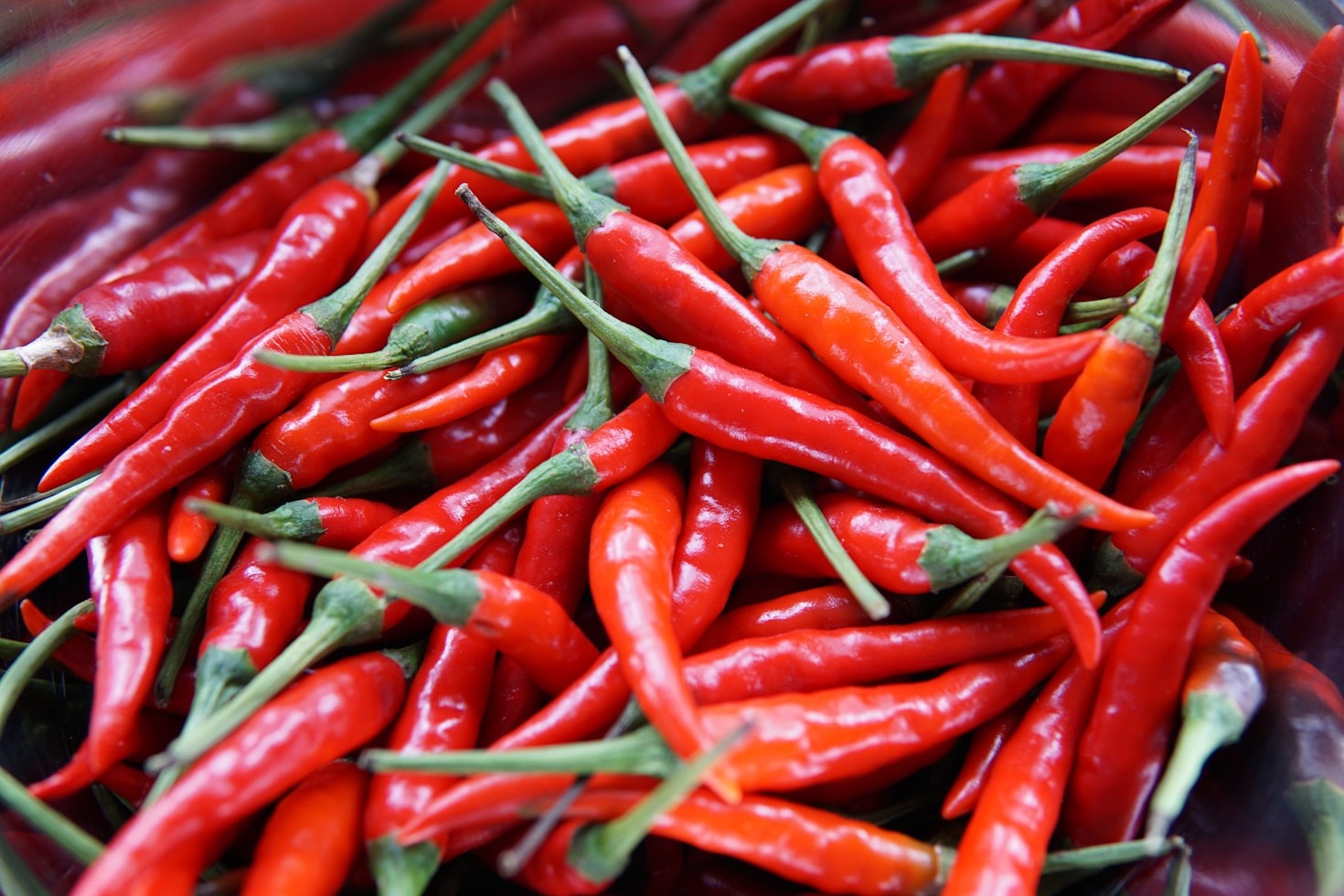Your cart is currently empty!
When it comes to spicy food, many people think of a single, overwhelming sensation: the burn. But for those who truly appreciate the nuances of chili peppers, there’s a whole world of flavor beyond the heat. This is especially true in Chinese cuisine, where chili peppers are used not just for their spiciness, but also for their ability to enhance and complement other flavors, creating a complex and multi-layered sensory experience.
The Art of “Ma La” (Numbing-Hot)
Perhaps the most iconic example of complex heat in Chinese cuisine is the Sichuanese concept of “ma la” (麻辣). This unique flavor combination is achieved by combining Sichuan peppercorns, which have a numbing-tingling effect, with chili peppers, which provide the heat. The result is a sensation that’s both exciting and addictive, a tingling numbness that’s followed by a wave of heat.
Ma la is often used in Sichuan dishes like mapo tofu, where the numbing heat of the sauce complements the savory flavors of the tofu and ground meat. It’s also a key element in Sichuan hotpot, where diners cook a variety of ingredients in a bubbling cauldron of ma la broth.
The Fiery Simplicity of Hunan Cuisine
While Sichuan cuisine is known for its complex interplay of flavors, Hunan cuisine takes a more straightforward approach to heat. Hunan dishes often feature fresh chili peppers, used in abundance to create a “pure spicy” flavor that’s both intense and satisfying.
One classic example is “duo la jiao yu tou” (fish head in chopped chili), where a fish head is simmered in a fiery sauce made with chopped fresh chili peppers, garlic, and ginger. The heat is intense but not overwhelming, allowing the other flavors of the dish to shine through.
The Fermented Funk of Guizhou
In Guizhou, the heat of chili peppers is often tempered by the sourness of fermented ingredients. This unique combination creates a complex flavor profile that’s both exciting and comforting.
One example is “zao la jiao” (fermented chili sauce), a staple condiment in Guizhou cuisine. Made with a variety of local chili peppers, salt, and a dash of baijiu (a strong liquor), zao la jiao has a funky, sour-spicy flavor that adds depth and complexity to dishes.
Beyond the Regions
These are just a few examples of the complex heat found in Chinese cuisine. From the numbing-hot ma la of Sichuan to the pure spiciness of Hunan and the fermented funk of Guizhou, each region has its own unique approach to using chili peppers. And with the growing popularity of Chinese food around the world, there’s never been a better time to explore the diverse and delicious world of complex heat in Chinese cooking.


Leave a Reply